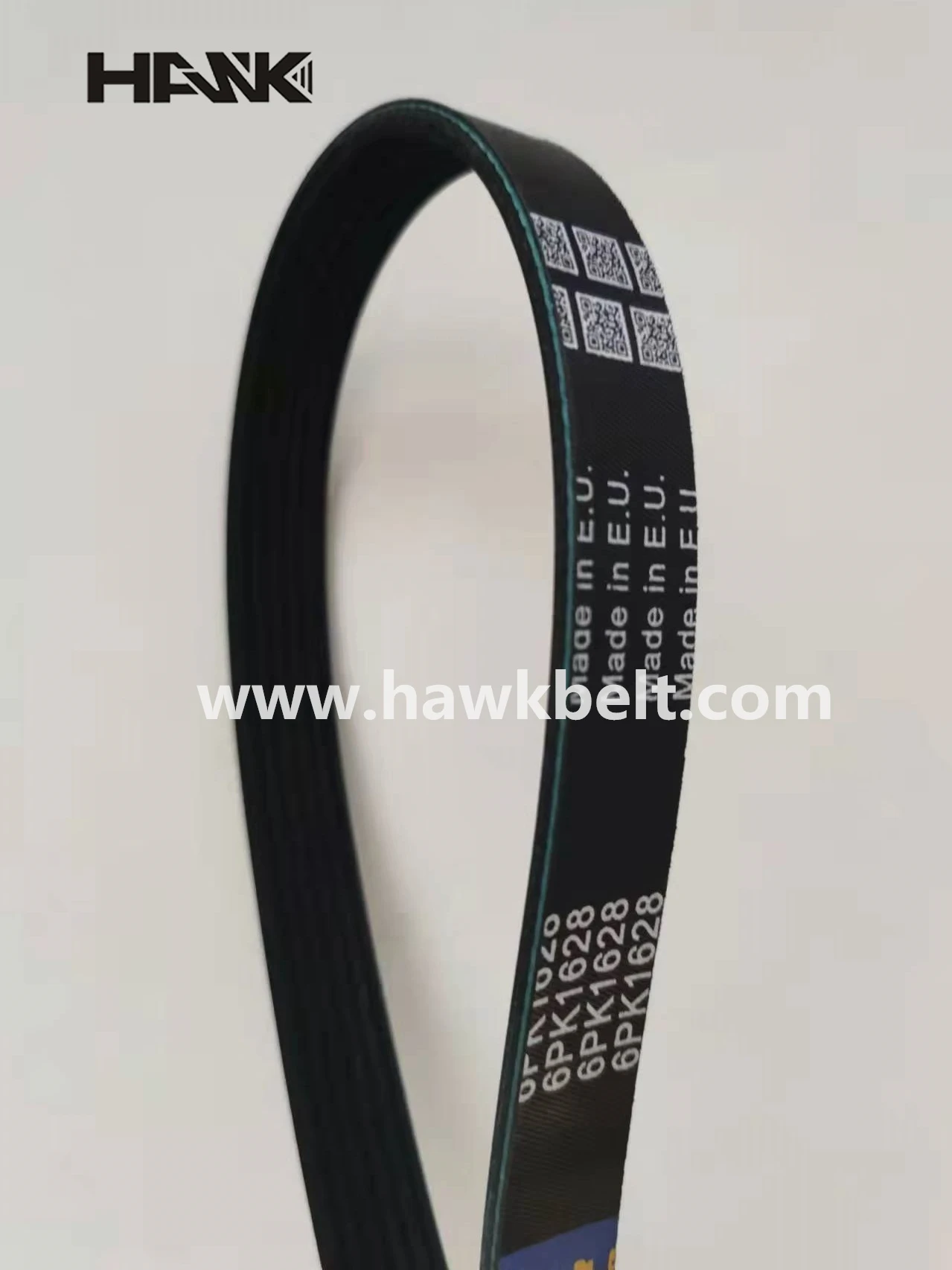- Arabic
- French
- Russian
- Spanish
- Portuguese
- Turkish
- Armenian
- English
- Albanian
- Amharic
- Azerbaijani
- Basque
- Belarusian
- Bengali
- Bosnian
- Bulgarian
- Catalan
- Cebuano
- Corsican
- Croatian
- Czech
- Danish
- Dutch
- Afrikaans
- Esperanto
- Estonian
- Finnish
- Frisian
- Galician
- Georgian
- German
- Greek
- Gujarati
- Haitian Creole
- hausa
- hawaiian
- Hebrew
- Hindi
- Miao
- Hungarian
- Icelandic
- igbo
- Indonesian
- irish
- Italian
- Japanese
- Javanese
- Kannada
- kazakh
- Khmer
- Rwandese
- Korean
- Kurdish
- Kyrgyz
- Lao
- Latin
- Latvian
- Lithuanian
- Luxembourgish
- Macedonian
- Malgashi
- Malay
- Malayalam
- Maltese
- Maori
- Marathi
- Mongolian
- Myanmar
- Nepali
- Norwegian
- Norwegian
- Occitan
- Pashto
- Persian
- Polish
- Punjabi
- Romanian
- Samoan
- Scottish Gaelic
- Serbian
- Sesotho
- Shona
- Sindhi
- Sinhala
- Slovak
- Slovenian
- Somali
- Sundanese
- Swahili
- Swedish
- Tagalog
- Tajik
- Tamil
- Tatar
- Telugu
- Thai
- Turkmen
- Ukrainian
- Urdu
- Uighur
- Uzbek
- Vietnamese
- Welsh
- Bantu
- Yiddish
- Yoruba
- Zulu
Dec . 28, 2024 08:34 Back to list
tooth belt
The Essential Role of Tooth Belts in Modern Machinery
In the intricate world of modern machinery, where precision and efficiency are paramount, tooth belts, also known as timing belts, have emerged as an indispensable component. These belts, characterized by their tooth-like protrusions, play a pivotal role in the synchronization of mechanical systems, ensuring smooth operation and reducing wear and tear on moving parts.
Tooth belts are typically made from a high-strength rubber composite and reinforced with materials such as fiberglass or Kevlar, which enhance their durability and tensile strength. The unique design of these belts features a series of teeth that fit into corresponding grooves on pulleys, allowing for a positive engagement. This engagement ensures that the belt does not slip, providing accurate timing and control in systems where precision is critical.
One of the primary advantages of tooth belts is their ability to transmit power efficiently between driving and driven components. In applications such as automotive engines, industrial machinery, and robotics, tooth belts help maintain the required rotation between shafts without the risk of slippage. This is particularly important in engines, where the timing of the camshaft and crankshaft must be perfectly aligned to ensure optimal performance. A failure of the timing belt can result in catastrophic engine damage, making regular maintenance and replacement a priority for vehicle owners.
Moreover, tooth belts offer a quieter operation compared to their chain counterparts. The rubber composition of the belts absorbs vibrations, reducing noise levels significantly. This characteristic is especially advantageous in environments where noise reduction is a concern, such as in residential areas or in facilities dedicated to research and development. As industries aim to create quieter and more efficient operations, the demand for tooth belts continues to grow.
tooth belt

Another critical aspect of tooth belts is their versatility in various applications. Beyond the automotive industry, they are widely used in CNC machines, 3D printers, conveyor systems, and even household appliances like washing machines. Their unique design allows for a range of sizes and configurations, making them suitable for both high-precision applications and general machinery. As such, they can accommodate different power requirements and speed variations, providing a tailored solution for a multitude of engineering challenges.
When it comes to installation and maintenance, tooth belts are generally user-friendly. They do not require lubrication like chains do, minimizing the maintenance effort required over the lifespan of the belt. However, it is crucial to ensure proper tensioning during installation to avoid premature wear or failure. Many manufacturers provide guidelines on the optimal tensioning methods to enhance the longevity and performance of the belt.
Despite their numerous advantages, tooth belts are not without limitations. They may be susceptible to wear from environmental factors such as oil, heat, and UV radiation. Therefore, selecting the right belt material for specific applications is critical. Additionally, while tooth belts can handle substantial loads, they may not be suitable for extremely high-power applications where chains or gears might be preferable.
In conclusion, tooth belts are a vital component in the machinery landscape, offering reliability, efficiency, and versatility across various industries. Their ability to provide synchronized power transmission makes them essential for maintaining the functionality of complex mechanical systems. As technology continues to advance and the demand for precision engineering grows, the role of tooth belts will undoubtedly expand, solidifying their position as a critical element in modern machinery and automotive applications. Ensuring proper selection, installation, and maintenance of these belts will not only enhance the performance of machinery but also contribute to the sustainability and longevity of equipment in an increasingly competitive landscape.
-
Reliable Diesel Engine Belts & Tensioners for Optimal Performance
NewsAug.07,2025
-
23100-KVB-901 Drive Belt for Honda VARIO | OEM Performance
NewsAug.06,2025
-
Variable Belt Drive AI Optimized for Efficiency
NewsAug.05,2025
-
High-Quality Tensioner Belt Pulley - Durable & Efficient
NewsAug.03,2025
-
Premium Timing Belt Factory | AI-Optimized Solutions
NewsAug.02,2025
-
Heat Joining Drive Belt | High-Durability Fusion Solution
NewsJul.31,2025

